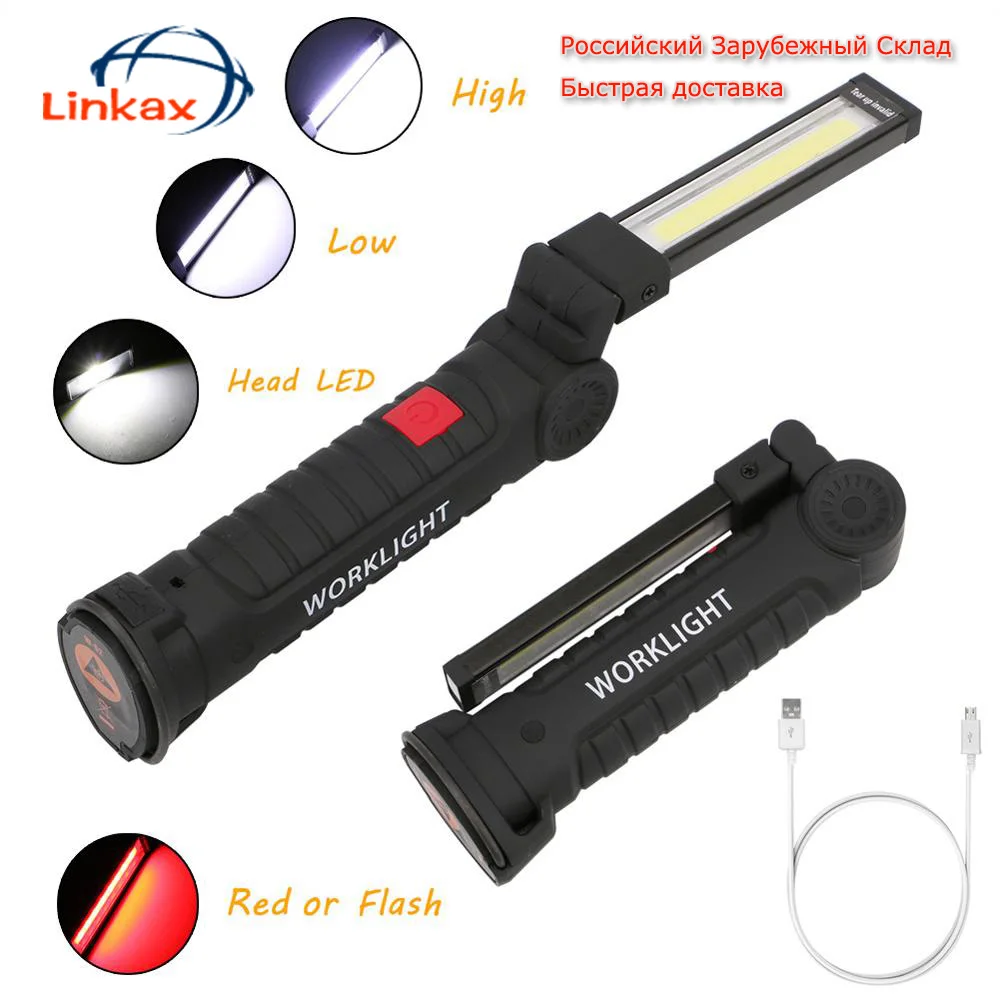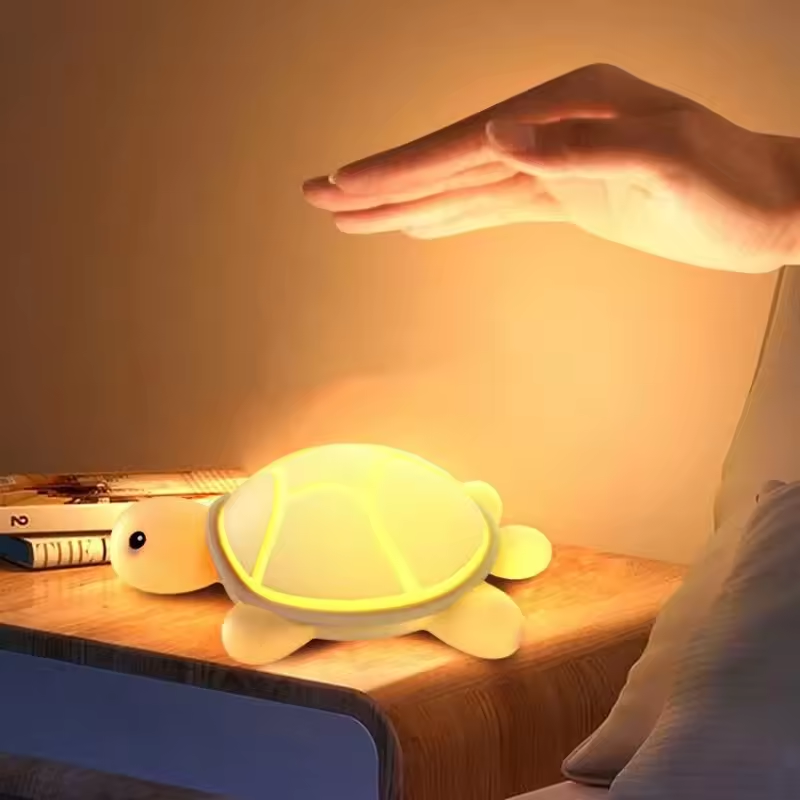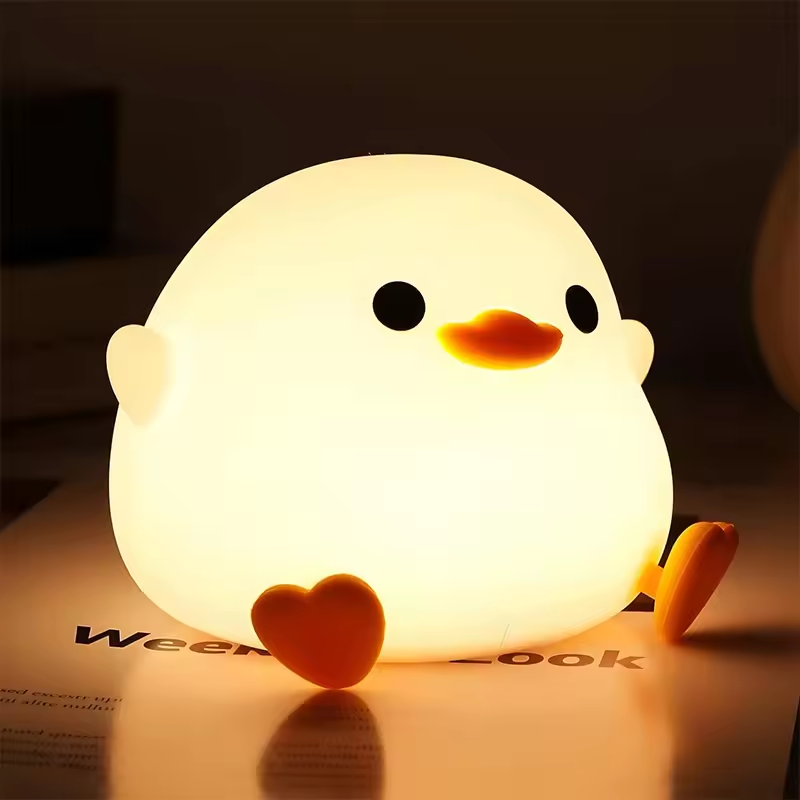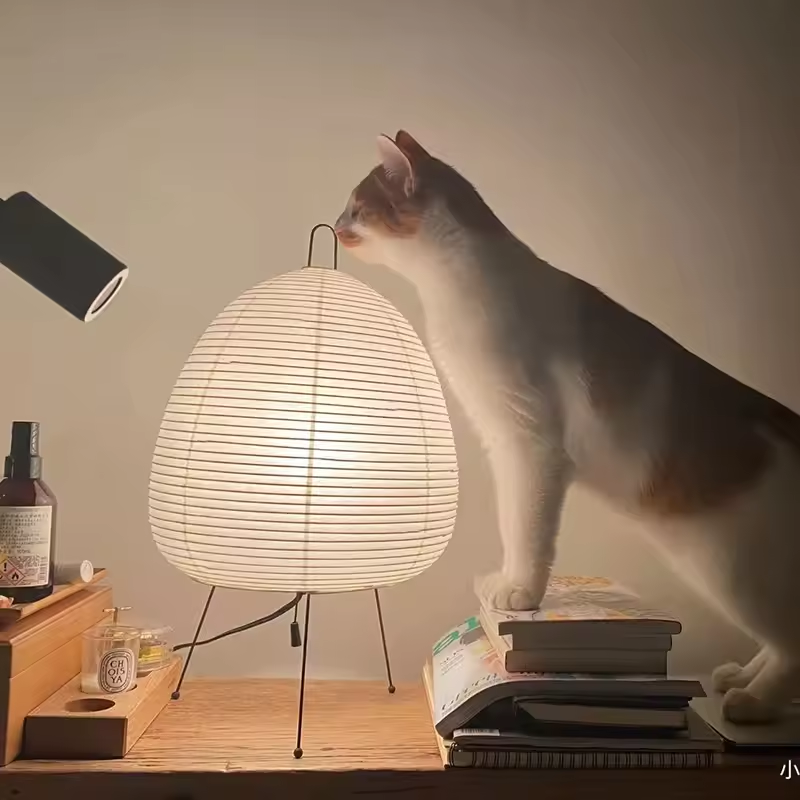The flickering glow of torch light has played a pivotal role in human history, shaping our societies, cultures, and advancements. From the earliest flickering flames of primitive humans to the modern, powerful LED torches, the journey of torch light is a captivating story of ingenuity, innovation, and the enduring human desire to conquer the darkness.
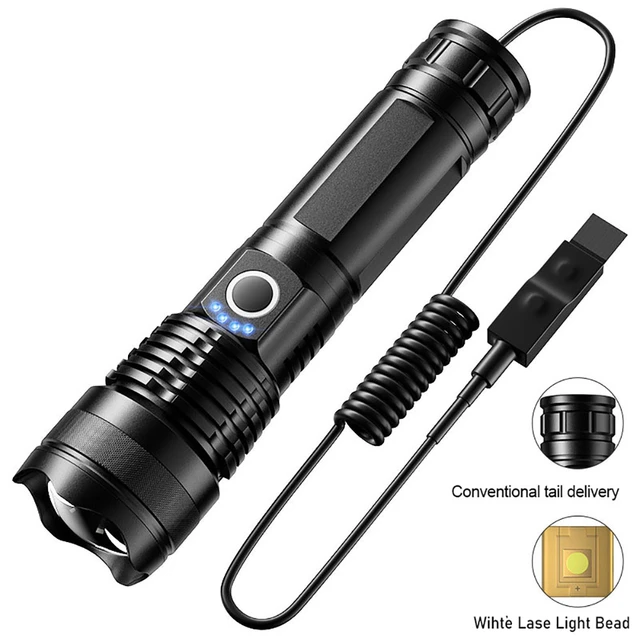 The Dawn of Torch Light: A Primitive Solution
The Dawn of Torch Light: A Primitive Solution
In the prehistoric era, long before the invention of electricity, humanity’s need for light was met by the simplest of solutions: fire. Early humans, recognizing the power of flame, learned to control and harness it. This discovery marked a significant leap in human development, extending the day beyond the constraints of sunlight and providing a much-needed source of warmth and protection against predators.
The first torches were likely crude affairs, consisting of bundles of dry wood or plant material held in the hand and ignited. These early forms of torch light were limited in their effectiveness, offering a fleeting and often smoky illumination. However, they were invaluable in providing a basic source of light for hunting, gathering, and navigating in the darkness.
The material of a torch light :
Body:
- Aluminum: Lightweight, durable, and resistant to corrosion. Often used for handheld flashlights and headlamps.
- Plastic: Can be molded into various shapes and sizes. Often used for budget-friendly flashlights and children’s toys.
- Steel: Durable and sturdy, but can be heavy. Sometimes used for tactical flashlights and high-power lights.
- Titanium: Extremely lightweight and corrosion-resistant, but also very expensive. Used for premium flashlights and outdoor gear.
Lens:
- Glass: Provides excellent clarity and durability, but can be fragile.
- Polycarbonate: Impact-resistant and shatterproof, but can have lower clarity than glass.
Reflector:
- Aluminum: Reflects light effectively and is durable.
- Metalized plastic: Offers a cost-effective alternative to aluminum.
- Textured metal: Creates a more diffuse beam of light.
Other Components:
- LEDs: Light-emitting diodes provide the light source. Different types of LEDs offer different brightness, color, and lifespan.
- Batteries: Power the LED. Types include lithium-ion, alkaline, and NiMH.
- Switch: Controls the light output.
Ultimately, the specific materials used in a torch light depend on factors like cost, performance requirements, and intended use.
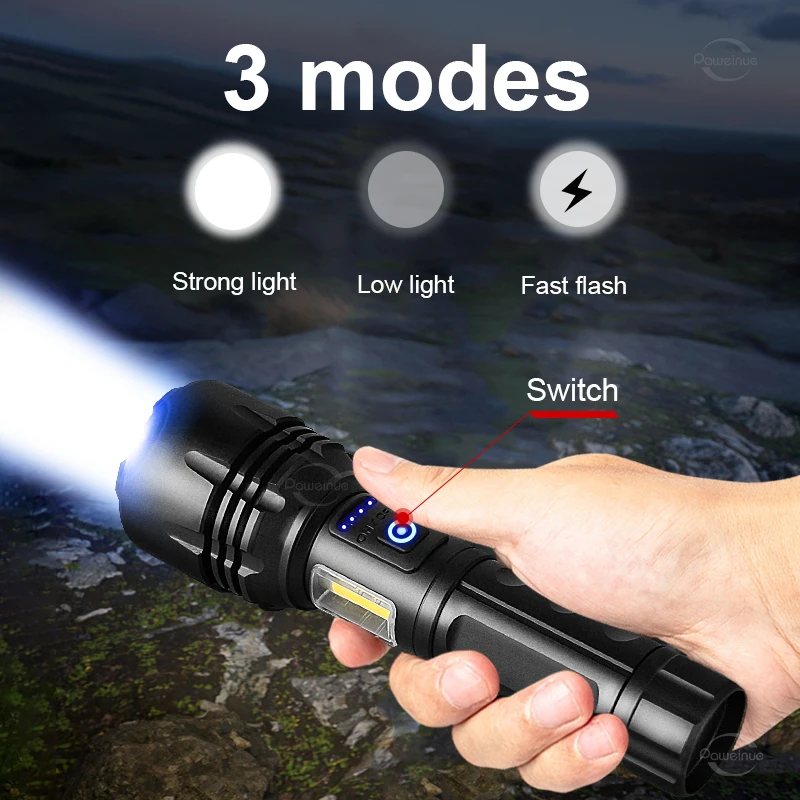 The Rise of Sophistication: From Wood to Wicks
The Rise of Sophistication: From Wood to Wicks
Over time, humans developed more sophisticated methods of utilizing fire for illumination. The invention of the wick, a material capable of absorbing and distributing fuel, revolutionized torch technology. Wicks, typically made from natural fibers like flax, cotton, or hemp, allowed for a more controlled and sustained flame.
By combining wicks with various fuels, such as animal fat, beeswax, or vegetable oils, early civilizations were able to create more powerful and reliable torches. This advancement enabled the use of torches for a wider range of applications, including lighting homes, streets, and ceremonial events.
Torch Light in Ancient Civilizations: A Symbol of Power and Progress
Ancient civilizations embraced torch light as a symbol of power, progress, and cultural identity. In ancient Rome, torches were used for both practical and ceremonial purposes. During festivals and celebrations, torch processions illuminated the streets, symbolizing the city’s prosperity and the celebration of important events. The torches used by the Roman army played a crucial role in battle, enabling soldiers to fight effectively at night.
Across the world, torch light played a similar role in shaping ancient societies. In China, torches were used for signaling, communication, and the illumination of temples and palaces. The ancient Egyptians incorporated torchlight into their elaborate rituals and funeral ceremonies, representing the transition from the realm of the living to the afterlife.
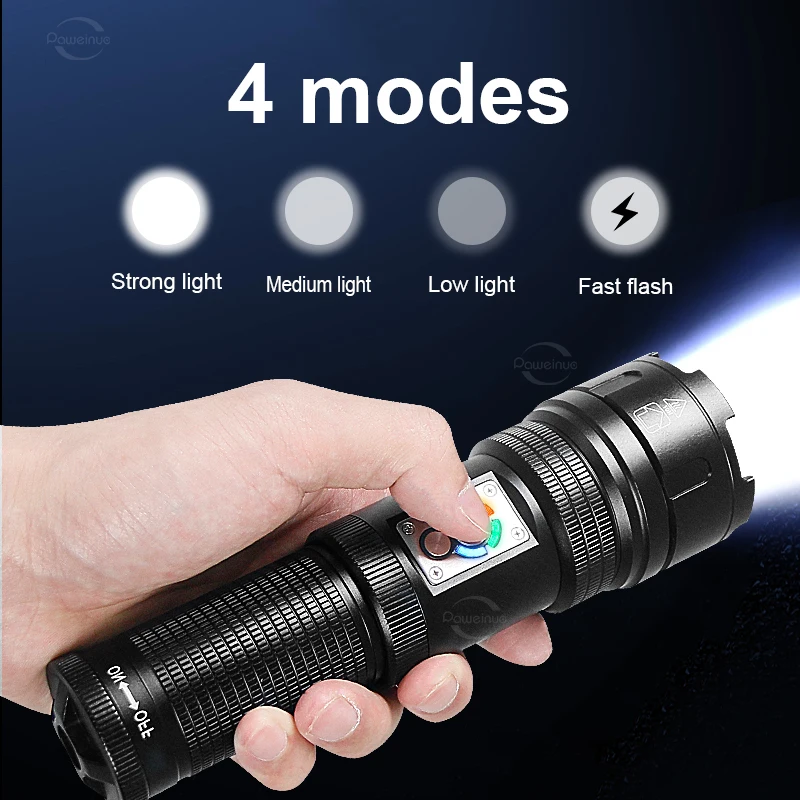 The Age of Exploration and the Search for More Powerful Light
The Age of Exploration and the Search for More Powerful Light
The Age of Exploration, driven by a thirst for new lands and knowledge, further intensified the need for reliable and powerful sources of light. The invention of the candle, a more portable and convenient form of illumination, played a significant role in facilitating voyages of discovery.
However, the limitations of candle light, particularly its short burn time and the need for frequent re-lighting, fueled the ongoing search for alternative solutions. This pursuit led to the development of more advanced forms of torch technology, including the use of kerosene and other fuels that offered longer burn times and brighter illumination.
The Arrival of Gaslight: A Revolution in City Illumination
The 19th century witnessed a dramatic shift in the way cities were illuminated, with the advent of gaslight. The ability to produce gas from coal and then channel it through pipes to light public spaces revolutionized city life. Gaslight, with its brighter and more consistent light source, allowed for increased safety and activity after dark, fostering the growth of industries and the expansion of city limits.
However, gaslight was not without its drawbacks. Its infrastructure was complex and expensive, and the use of flammable gas presented potential safety hazards. Despite these challenges, gaslight became the dominant source of public illumination for several decades, transforming cities from dark and dangerous spaces into bustling hubs of activity.
The Rise of Electric Light: A New Era of Illumination
The late 19th century marked the dawn of a new era of illumination with the invention of the incandescent light bulb. The ability to generate electricity and convert it into light revolutionized the way humans interacted with the night. Electric light, with its brilliant and consistent light source, offered several advantages over gaslight, including greater safety, efficiency, and control.
The transition from gaslight to electric light was rapid and widespread, transforming cities into bright and vibrant spaces. Electricity enabled the development of new technologies, including the electric streetlamp, which further enhanced public safety and convenience.
The Evolution Continues: From Incandescent to LED
The incandescent light bulb, while a revolutionary invention, was not without its limitations. Its inefficiency in converting electrical energy into light led to high energy consumption and heat generation. These factors spurred a search for alternative lighting technologies, leading to the development of fluorescent and halogen lamps.
The advent of LED (Light Emitting Diode) technology in the late 20th century marked a significant turning point in the evolution of light. LED lamps offer exceptional energy efficiency, longer lifespan, and a wide range of colors and brightness levels. The adoption of LED lighting has had a profound impact on our world, reducing energy consumption, promoting sustainability, and enhancing the overall quality of light.
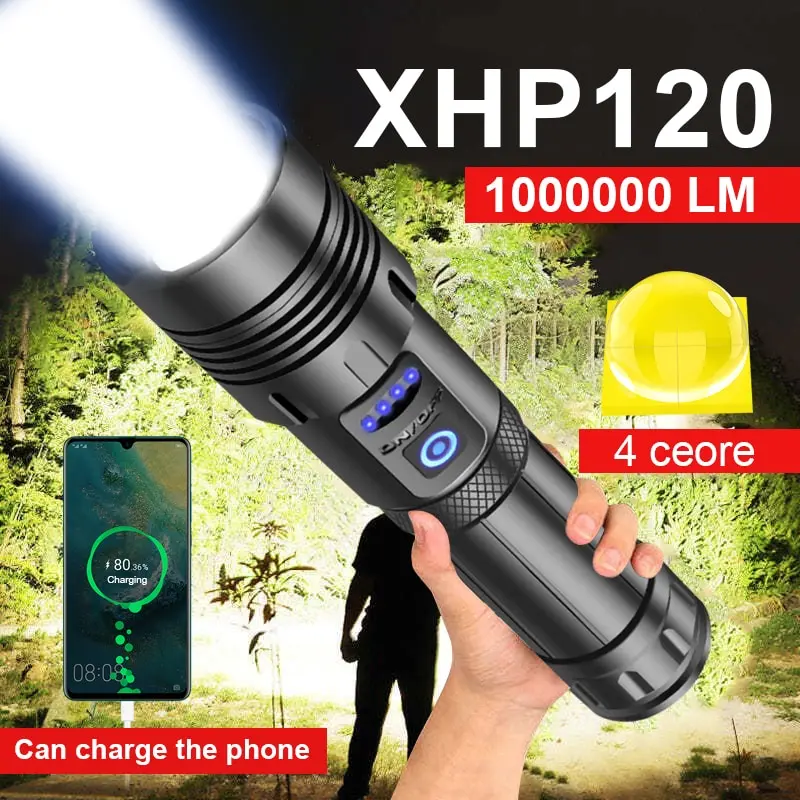 Modern Torch Light: A Fusion of Technology and Functionality
Modern Torch Light: A Fusion of Technology and Functionality
The evolution of torch light has culminated in the modern, versatile, and powerful LED torches. These devices, utilizing the efficiency and durability of LED technology, have become indispensable tools for a wide range of applications, including outdoor activities, camping, emergencies, and professional work.
Popularity trends for “torch light,”
Here’s a breakdown of the popularity trends for “torch light,” covering different aspects:
1. “Torch Light” as a general term:
Steady Usage: “Torch light” is a common phrase used to describe light produced by a torch, flashlight, or similar device. Its usage is consistent and remains relevant in various contexts, including camping, emergencies, and everyday use. It’s not experiencing a dramatic surge or decline in popularity.
2. “Torch Light” in specific contexts:
Camping and Hiking: The popularity of camping and hiking has increased in recent years, leading to greater demand for reliable flashlights and headlamps. “Torch light” remains an essential part of these activities.
Emergency Preparedness: With growing awareness of the need for emergency preparedness, “torch light” has become a crucial element in survival kits and disaster response.
Outdoor Photography: “Torch light” is often used in night photography to create specific lighting effects and illuminate subjects. As outdoor photography gains popularity, so does the use of torches and flashlights.
3. “Torch Light” as a product name or brand:
Specific Brands: There are numerous brands that use “Torch Light” in their product names, though these brands might vary in popularity depending on their marketing and product quality.
New Innovations: Companies are constantly innovating in flashlight technology. While the term “torch light” itself might not see a dramatic surge, the technologies and features associated with it are constantly evolving.
In conclusion:
The term “torch light” isn’t experiencing a significant surge or decline in popularity. It remains a commonly used term, especially in specific contexts like camping, emergencies, and outdoor photography. However, the products and technologies associated with “torch light” are constantly evolving, driven by factors like increasing outdoor activity, emergency preparedness, and advancements in lighting technology.
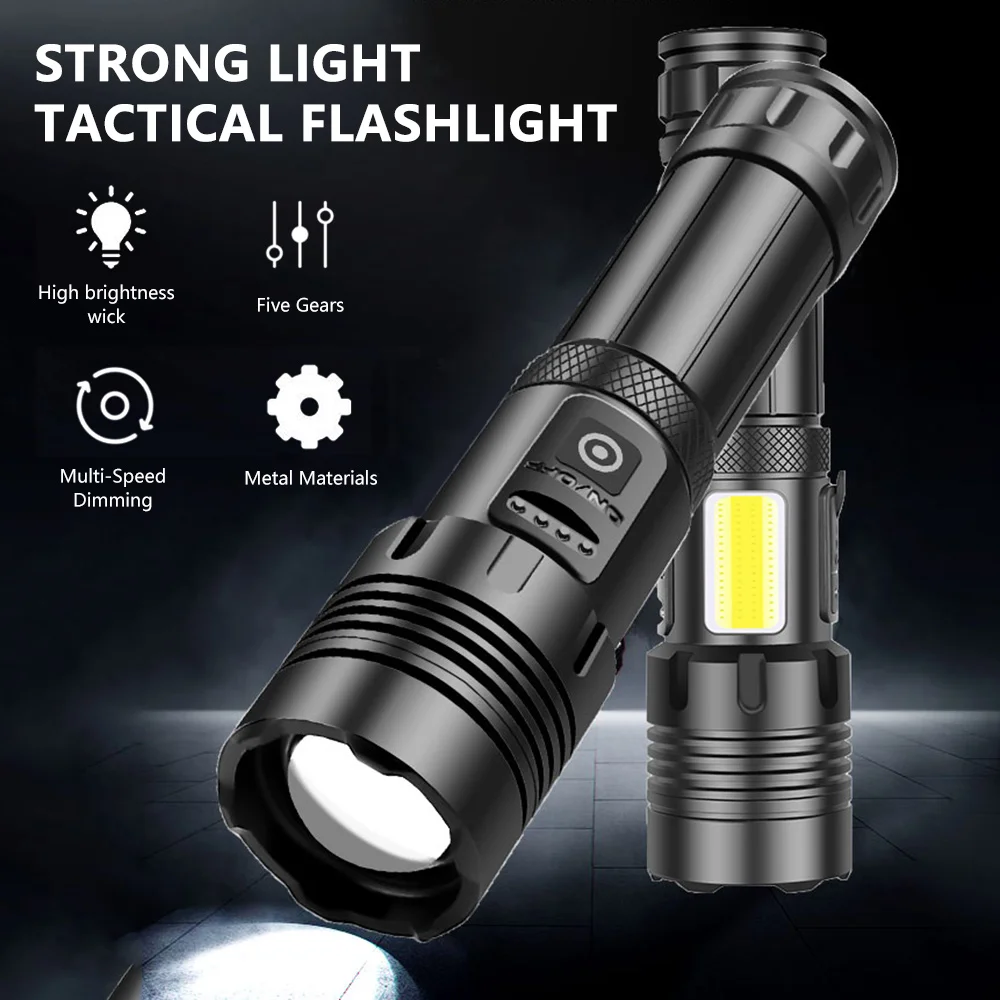 Current trends:
Current trends:
1. Technological Advancements:
- LED Technology: The advent of LEDs has revolutionized flashlights. LEDs are more energy-efficient, brighter, and have a longer lifespan than traditional incandescent bulbs, making them incredibly popular.
- Rechargeable Batteries: Rechargeable lithium-ion batteries are now commonplace in flashlights, providing convenience and reducing reliance on disposable batteries.
- Smart Features: Some flashlights now offer features like adjustable brightness, strobe modes, and even Bluetooth connectivity for remote control and notifications.
2. Increased Outdoor Activities:
- Camping and Hiking: Flashlights are essential gear for anyone venturing into the wilderness.
- Cycling and Running: Headlamps and handheld flashlights provide crucial visibility and safety for nighttime activities.
- Fishing and Hunting: Specialized flashlights with red light modes are popular for preserving night vision while engaging in these activities.
3. Emergency Preparedness:
- Natural Disasters: Flashlights are crucial for navigating power outages and providing light in emergency situations.
- Home Security: Powerful flashlights can serve as a deterrent to potential intruders.
4. Growing Popularity of Everyday Carry (EDC) Culture:
- Compact and Versatile: EDC flashlights are designed to be small, lightweight, and easily carried in pockets or bags.
- Multi-Purpose Tools: Some EDC flashlights offer additional features like bottle openers, screwdrivers, and even belt clips.
5. Sustainability and Eco-consciousness:
- Reduced Waste: Rechargeable flashlights reduce the need for disposable batteries, minimizing environmental impact.
- Durable and Long-Lasting: Quality flashlights are built to last, reducing the need for frequent replacements.
Overall, the popularity of torch lights is driven by a combination of technological innovation, increased outdoor recreation, heightened awareness of emergency preparedness, and a growing emphasis on sustainability and EDC culture. As technology continues to evolve, we can expect even more innovative and versatile flashlights to emerge in the future.
